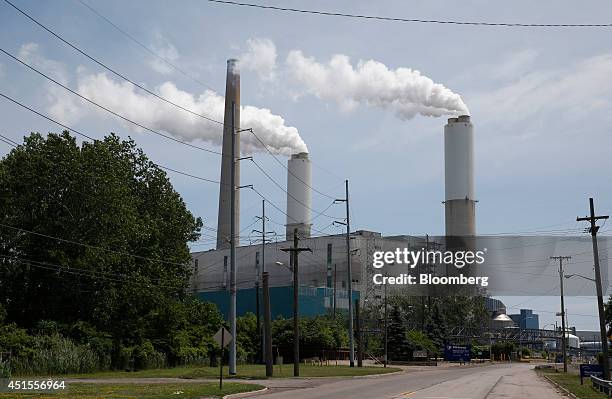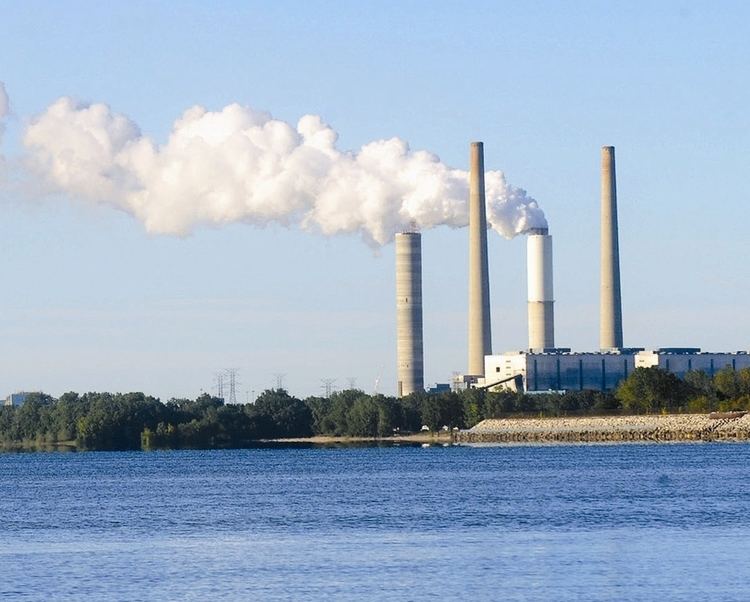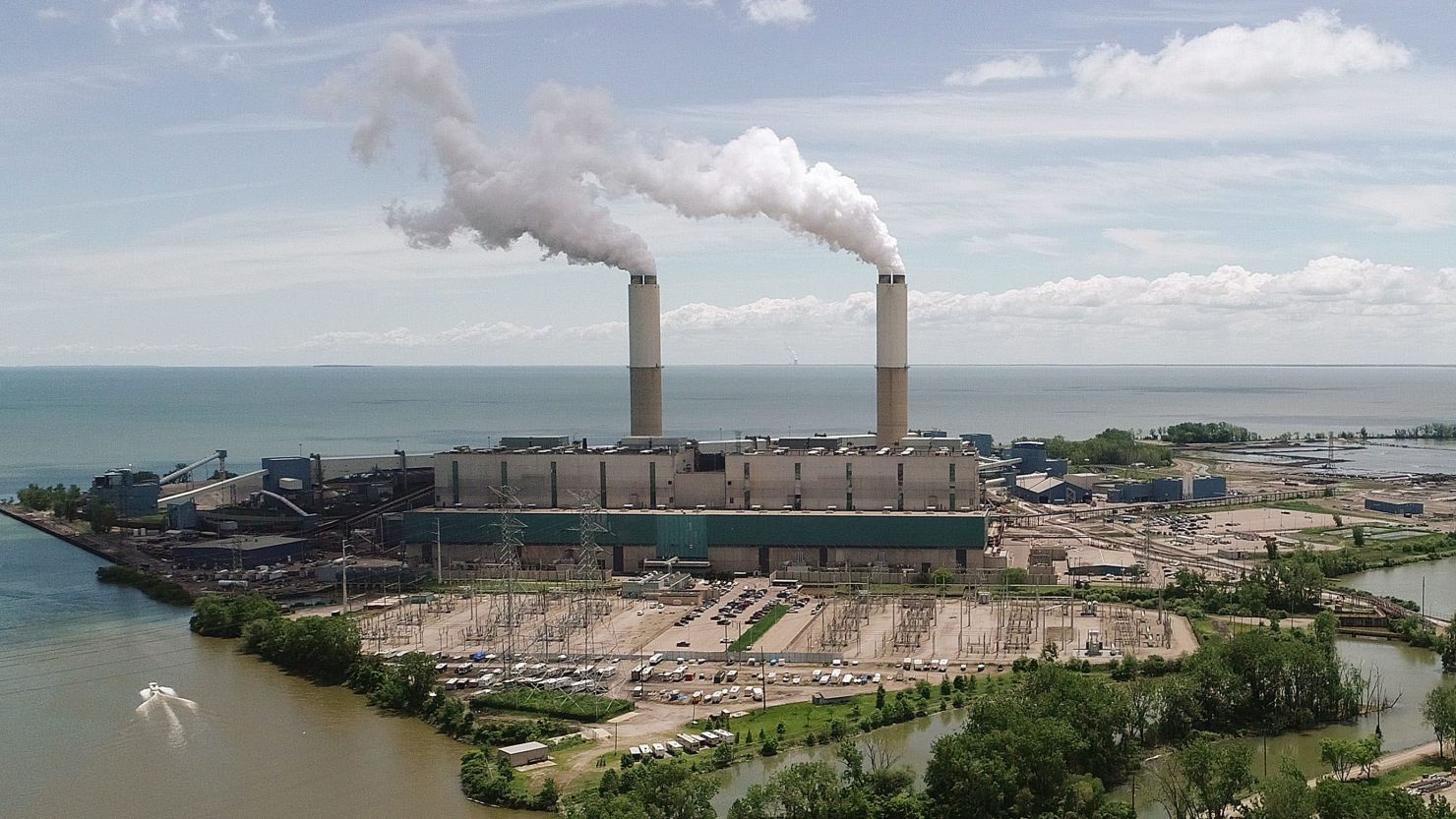Dte Energy - Monroe Power Plant

The towering smokestacks of the DTE Energy Monroe Power Plant, a symbol of Southeast Michigan's energy landscape for nearly five decades, are now at the center of a complex debate. As the company charts a course toward carbon neutrality, the future of the plant and its impact on the local economy and environment are under intense scrutiny.
At the heart of the matter lies DTE Energy's commitment to retire the coal-fired Monroe Power Plant by 2032. This decision, driven by both economic factors and mounting environmental concerns, sparks questions about the reliability of the region's power supply, the fate of hundreds of workers, and the long-term ecological consequences of the plant's closure. This article delves into the details of DTE Energy's plans, the concerns raised by community members and environmental groups, and the potential solutions that could shape the future of energy production in Monroe County.
The Retirement Plan: A Phased Approach
DTE Energy's retirement plan for the Monroe Power Plant involves a phased shutdown of its four generating units. The company states that this gradual approach will allow them to integrate cleaner energy sources into their grid without compromising the reliability of electricity supply for its 2.3 million customers.
According to DTE Energy's Integrated Resource Plan (IRP), submitted to the Michigan Public Service Commission (MPSC), the plant's coal-fired units will be replaced with a combination of natural gas, solar, and wind energy, along with battery storage capabilities. The IRP outlines specific timelines for each unit's retirement, with Unit 1 expected to cease operations as early as 2028.
David Ruud, Senior Vice President and Chief Generation Officer at DTE Energy, stated in a press release that the company is "committed to a responsible transition that balances the need for reliable and affordable energy with our environmental goals." He emphasized the importance of engaging with the community throughout the process.
Environmental Concerns and Community Impact
The Monroe Power Plant, one of the largest coal-fired power plants in North America, has long been a source of concern for environmental groups. The plant's emissions, including greenhouse gases, sulfur dioxide, and particulate matter, contribute to air pollution and climate change.
The Sierra Club, a leading environmental advocacy group, has actively campaigned for the plant's closure.
"The Monroe Power Plant is a major source of pollution in Southeast Michigan," said Regina Strong, Director of the Sierra Club's Michigan Chapter. "Retiring this plant is a critical step towards protecting public health and addressing the climate crisis."
Beyond air quality, the plant's coal ash ponds, large impoundments used to store coal ash waste, pose a potential threat to groundwater and surface water. The EPA has established regulations governing the management and closure of coal ash ponds, and DTE Energy is required to develop and implement a plan to safely close these ponds at the Monroe Power Plant.
Economic Implications and Worker Transition
The retirement of the Monroe Power Plant will have significant economic consequences for the local community. The plant employs hundreds of workers, and its closure will result in job losses. DTE Energy has pledged to work with its employees and the local union to provide retraining opportunities and assistance in finding new employment.
The company has also committed to working with the community to develop alternative uses for the plant site. Options under consideration include industrial development, renewable energy projects, and recreational facilities. The goal is to create new economic opportunities that can replace the jobs and tax revenue lost by the plant's closure.
However, some community members remain skeptical about DTE Energy's commitment to the local economy. They fear that the plant's closure will lead to a decline in property values and a loss of vital services. John Smith, a resident of Monroe County, expressed his concerns at a recent town hall meeting: "We need to ensure that the transition is fair to the workers and the community. We can't afford to lose hundreds of good-paying jobs."
The Future of Energy in Monroe County
As the Monroe Power Plant prepares for its eventual retirement, the focus shifts to the future of energy production in the region. DTE Energy is investing heavily in renewable energy projects, including wind farms and solar arrays, to replace the power generated by the coal-fired plant.
The company is also exploring the potential of battery storage technology to address the intermittency of renewable energy sources. Battery storage can store excess energy generated during periods of high production and release it when demand is high, ensuring a reliable supply of electricity.
The Michigan Public Service Commission (MPSC) plays a crucial role in overseeing DTE Energy's transition to cleaner energy sources. The MPSC must approve the company's Integrated Resource Plan (IRP) and ensure that it aligns with the state's energy goals and environmental regulations.
The transition away from coal-fired power plants is a complex and challenging process. It requires careful planning, collaboration, and a commitment to both environmental sustainability and economic development. The future of energy in Monroe County depends on finding solutions that balance these competing priorities.
Conclusion: A Balancing Act
The decommissioning of the DTE Energy Monroe Power Plant marks a significant turning point in Michigan's energy landscape. While the move is lauded by environmentalists as a necessary step towards a cleaner future, it raises legitimate concerns about job security, economic stability, and the reliability of the power grid.
Ultimately, a successful transition will require open communication, proactive planning, and a collaborative effort between DTE Energy, local communities, and state regulators. Ensuring a just and equitable outcome for all stakeholders is crucial as Monroe County navigates this complex energy transformation. The eyes of the state are on Monroe, watching how this industrial giant shifts from a legacy of coal to a promise of cleaner energy, and the blueprint it creates along the way.
















